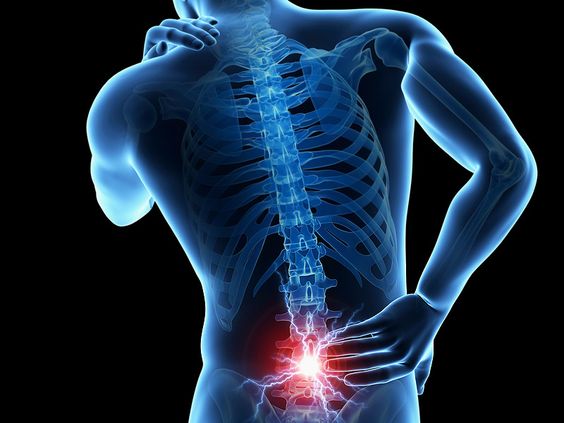Introduction
Lower back pain is one of the most common reasons people seek medical help or miss work. It can have causes that aren't due to underlying disease. It can be caused by a variety of factors, including injury, overuse, and underlying medical conditions. Back pain can range in intensity from a dull, constant ache to a sudden, sharp sensation that makes it hard to move.

The pain can start suddenly as a result of an accident or lifting something heavy, or it can develop slowly over time. You might have lower back pain that lasts a few days, weeks, or months. This is called acute pain. If your back pain lasts more than three months, it's chronic back pain.
Causes of Lower Back Pain
There are many different causes of lower back pain. Some of the most common include:
- Muscle strains and sprains: These are the most common cause of lower back pain. They're often caused by lifting something heavy, twisting awkwardly, or sudden movements.
- Disc problems: The discs are the cushions between the bones in your spine. They can bulge, rupture, or herniate, which can put pressure on nerves and cause pain.
- Arthritis: Arthritis can affect the joints in your spine, which can cause pain and stiffness.
- Spinal stenosis: This is a narrowing of the spinal canal, which can put pressure on the nerves and cause pain.
Diagnosing Lower Back Pain
If you are experiencing lower back pain, it is important to see a doctor to get a diagnosis. They will ask you about your symptoms, medical history, and perform a physical exam. Imaging tests, such as X-rays, MRI, or CT scans may be ordered to get a better look at your spine.
Treating Lower Back Pain
Treatment for lower back pain will vary depending on the cause and severity of your pain. Some common treatments include:
- Medications: Over-the-counter pain relievers, such as ibuprofen or acetaminophen can help reduce pain and inflammation. In some cases, your doctor may prescribe stronger medications, such as muscle relaxants or opioids.
- Physical therapy: A physical therapist can teach you exercises to strengthen your back and improve your flexibility. They may also use other treatments, such as massage or ultrasound, to help relieve pain.
- Injections: In some cases, your doctor may inject medication, such as corticosteroids, into your back to help reduce pain and inflammation.
- Surgery: Surgery is usually only recommended if other treatments haven't been successful. The type of surgery will depend on the cause of your back pain.





